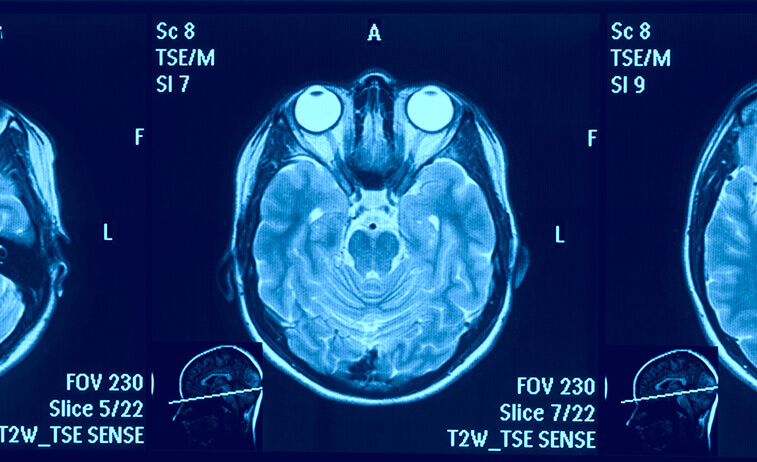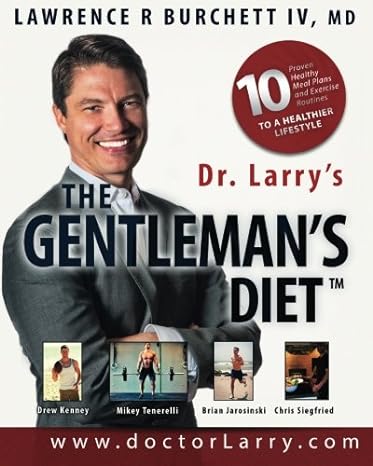Dr. Larry Burchett Discusses the Case of Brain Death of Jahi McMath

[cs_content][cs_section bg_color=”hsl(0, 0%, 100%)” parallax=”false” separator_top_type=”none” separator_top_height=”50px” separator_top_angle_point=”50″ separator_bottom_type=”none” separator_bottom_height=”50px” separator_bottom_angle_point=”50″ style=”margin: 0px;padding: 45px 0px;”][cs_row inner_container=”true” marginless_columns=”false” style=”margin: 0px auto;padding: 0px;”][cs_column fade=”false” fade_animation=”in” fade_animation_offset=”45px” fade_duration=”750″ type=”2/3″ style=”padding: 0px;”][x_custom_headline level=”h1″ looks_like=”h1″ accent=”false”]Dr. Larry Burchett Discusses the Case of Brain Death of Jahi McMath[/x_custom_headline][cs_text]Written by Dr. Larry
[dropcap]M[/dropcap]onday, July 24, 2017, I was asked by KTVU to discuss the latest development in the case of brain death of Jahi McMath. In this article, I want to lay out some of my thoughts.
Briefly, four years ago, Jahi McMath was diagnosed brain dead after complications from surgery for sleep apnea, which included having her tonsils removed. Her family felt she required life support in the form of a mechanical ventilator, but as she was brain dead, the hospital considered this futile treatment of a deceased person, and a legal and ethical dilemma ensued and has lasted years. Please see a Wikipedia article below for summary (1).
Recently a UCLA neurologist has argued that she may not meet criteria for brain death anymore, that she may have improved, which would carry many legal and financial implications. The SF Chronicle article summarizes this well. (2).[/cs_text][x_video_player type=”16:9″ src=”https://youtu.be/H9qSiHlZz4U” hide_controls=”false” autoplay=”false” no_container=”false” preload=”none” advanced_controls=”false” muted=”false” loop=”false” poster=””][cs_text]First, let’s talk about what “brain death” is. There are 3 criteria that must be met for brain death to be diagnosed.
1) Coma. A state without brain-generated response to stimuli. Stimuli typically include verbal (no response when spoken to), touch and pain. If one does not respond to pain, they are said to be in a coma. If one does respond to pain, but not voice or touch, you might call it “stuporous.” Coma is criteria 1 for brain death.
2) Absence of brain stem reflexes. There are various reflexes of the lower part of the brain, or brain stem — reactions that happen without us choosing to make them happen. For example, in the corneal reflex, when you touch your eye, you normally blink to protect your eye. Or in the gag reflex, if something touches the back of the throat, you gag to protect your airway. These happen at the level of the brain stem without voluntary control, similar to how your knee kicks out when the reflex hammer taps on it. In brain death, there are no such brain stem reflexes.
3) Apnea test. The patient does not breathe on their own. In this case, Jahi has been dependent on a machine to breathe for years.
As I understand the latest argument, #2 and 3 are not in question. She can’t breathe on her own and needs the ventilator to breathe for her, and still does not have any brain stem reflexes. What is in question is #1, the coma.
As we discussed, a coma is without brain-generated response to stimuli, or basically unresponsive. Now sometimes, someone in a coma may have muscle spasms or reflexes like the knee kick that are still working — those movements are not generated by the brain, and therefore not what we are talking about.
Apparently, they verbally ask her which finger is the bad one, and she moves the middle finger. That would be responsiveness to verbal stimuli, and she would not be in a comatose state, and that is their case — that she is not actually “brain dead.” If she is not brain dead, then there are many legal implications about her right to certain care, who should pay (the hospital or doctors on the case). Additionally, brain death is a terminal condition from which there is no recovery. If she truly improved, this might be a big deal. To truly give my opinion, I would have to see her and examine her in person.
Given that there is a lawsuit going on for years, I’m going to avoid commenting on the specifics any more.
The Big Picture
I’ve worked in a hospital setting including ICU for 11 years now. I’ve had many patients for whom there is no realistic hope for meaningful recovery, which is sad, tragic and often overwhelming, especially when it is a young person or child who had decades of life to live. Jahi McMath is gone. I wish there were more we could do to bring her back.
When I talk to most people about their end-of-life wishes, this kind of case is what most people tell me they don’t want — to be hooked up to machines without meaningful quality of life. In the too-frequent cases when we don’t know someone’s wishes, we rely on those closest to them to speak for them (not make the decision for them, but articulate the patient’s wishes) — in this case, her parents. I empathize with them. There is not much worse than losing a child. I have a 7-year-old girl; what would I do if it were me? Cry. A lot. And then tell her I love her and say goodbye.
Surgery
In our TV spot, we reviewed the risk of surgery. There is ALWAYS a risk to surgery, whether it is the 1-10/100,000 risk of complication from anesthesia, or something specific to the actual operation, like bleeding in your throat from having your tonsils out. With millions of surgeries done, even 1 in a 1,000,000 will happen, and with the news today, you will hear about it.
That doesn’t mean surgery isn’t safe, or you shouldn’t do it. It means you ALWAYS have to weigh the risks with the benefits. A surgery may be high-risk (putting a graft in your aorta, the main blood-carrying artery), but if you are going to die without the surgery, most would take that chance. Benefits outweigh the risks. And the big risks, such as dying from anesthesia, are so low, that the potential benefit is almost always worth the risk. Getting struck by lightening is 1 in 1 million. Does that ever affect how you live?
With over 15 years in medicine, my personal opinion of surgery is that one should never be casual about it. There should always be a pause to ask, “Is this really necessary?” and “Is it worth it?” given the above discussion. That said, it’s safe in general and does us a great service in the present age.
Thoughts? Please share them below or tweet me @DrLarryBurchett.
See citations below for more information on the case.
(1) https://en.wikipedia.org/wiki/Jahi_McMath_case
(2) http://www.sfchronicle.com/bayarea/article/Jahi-McMath-s-family-wins-backing-for-argument-11319544.php[/cs_text][x_gap size=”50px”][/cs_column][cs_column fade=”false” fade_animation=”in” fade_animation_offset=”45px” fade_duration=”750″ type=”1/3″ style=”padding: 0px;”][x_widget_area sidebar=”sidebar-main” ][x_widget_area sidebar=”ups-sidebar-adoption-services” class=”man”][/cs_column][/cs_row][cs_row inner_container=”true” marginless_columns=”false” style=”margin: 0px auto;padding: 0px 0px 30px;border-style: solid;border-width: 1px;”][cs_column fade=”false” fade_animation=”in” fade_animation_offset=”45px” fade_duration=”750″ type=”1/1″ style=”padding: 0px;”][cs_text]
Featured Content
[/cs_text][/cs_column][/cs_row][/cs_section][cs_section parallax=”false” separator_top_type=”none” separator_top_height=”50px” separator_top_angle_point=”50″ separator_bottom_type=”none” separator_bottom_height=”50px” separator_bottom_angle_point=”50″ style=”margin: 0px;padding: 20px 0px 0px;”][cs_row inner_container=”true” marginless_columns=”false” style=”margin: 0px auto;padding: 0px;”][cs_column fade=”false” fade_animation=”in” fade_animation_offset=”45px” fade_duration=”750″ type=”1/1″ style=”padding: 0px;”][ess_grid alias=”featured_content”][/cs_column][/cs_row][/cs_section][/cs_content]


